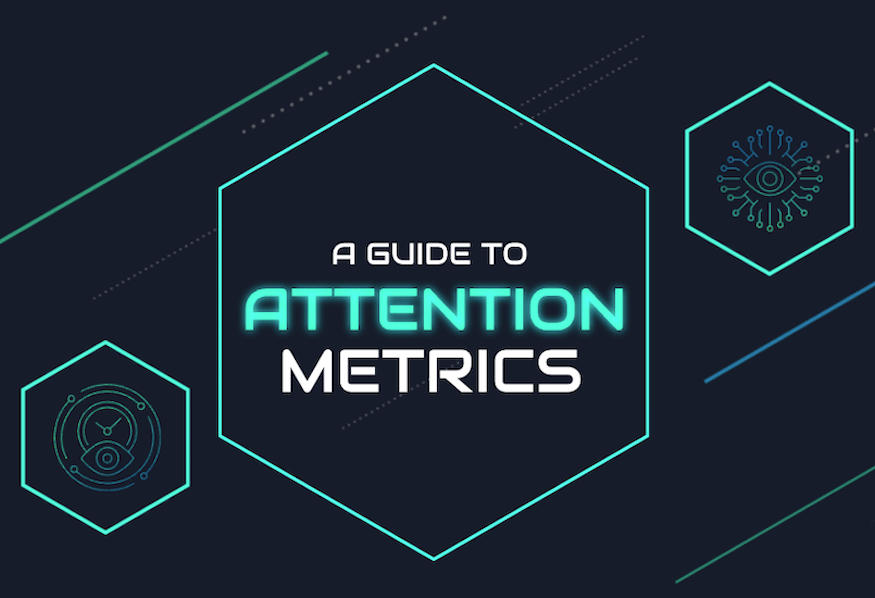Caption: At CES, LUMA Partners analyzed winners/losers of streaming.
There’s been a lot of buzz about the potential winners and losers of the streaming wars. Long-term, Galloway predicts Apple TV+, Amazon Prime Video, and Disney+ will be the winners due to their access to capital and distribution*. But, who are the marketers that will win in this new media?
The entire industry is closely watching to see which streaming platforms will end up on top, but curiosity is also peaking about the ad formats that will be available on some of the platforms. And, an increasingly pressing question is... how do marketers best reach consumers with commercial messages on this new playing field?
Some marketers are already including CTV/OTT in their campaigns, but for many the use case may simply be reach extension to follow viewers to the new platforms. This is an effort to maintain the audience integrity of their broadcast brand-building campaigns on television, and that’s certainly a valid application. However, this means the industry may still be missing the boat on the opportunity to tap into the targeting and personalization capabilities available with these new platforms.
Traditional media-driven marketing approaches including “funnels” and allocating media dollars according to media channel (TV, Digital, Print, OOH, etc.) will evolve. In the new order, media buying is increasingly based on individuals and their characteristics and behaviors that put them in the target audience for a brand’s product or service. Media buying must be dynamic in order to follow them across streaming services and other platforms, yes, but also to be relevant at each step along the way.
What does this mean in practice?
First, think about our industry’s propensity to think in silos. The industry tends to think of addressable TV, connected TV/over the top (CTV/OTT), and digital video separately, but they are all targetable, premium video platforms and should not be approached separately. When you separate planning and budget, the risk is hitting the same consumer with the same advertisement multiples times. Holistic planning, buying and measurement is now a requirement to effectively engage consumers and prevent waste, and this can only be managed by fluid budgets that operate outside of silos.
Second, let’s think about the balance between brand building and direct response. Because CTV/OTT is targetable media and flexible for personalization, people question what will happen to the mass, brand storytelling for which traditional TV is primarily used. The reality is that CTV/OTT is simply becoming the new TV, the way large segments of consumers access premium TV content. As we see by its use for reach extension, CTV/OTT is a medium through which mass brand messaging can continue going forward. The fact that it is more targetable and measurable than “old TV” enables marketers to elevate and personalize their messaging when appropriate. So, it can be the best of both worlds. CTV/OTT are traditional TV’s complement or substitute depending on goals and target audience.
Finally, industry players including marketers and their agencies are thinking about how to evolve their organizations to support dynamic media buying in practice. Programmatic technologies provide the capability to process data and action media buying on insights dynamically, but often the organizational challenges are steeper mountains to climb than developing the technical capabilities. And there is also the issue of knowing what data is relevant.
More data isn’t necessarily better; winners will put the right data and technology to work for the right reasons. Marketers who can do this the quickest and most effectively will be the additional winners of the streaming wars.





